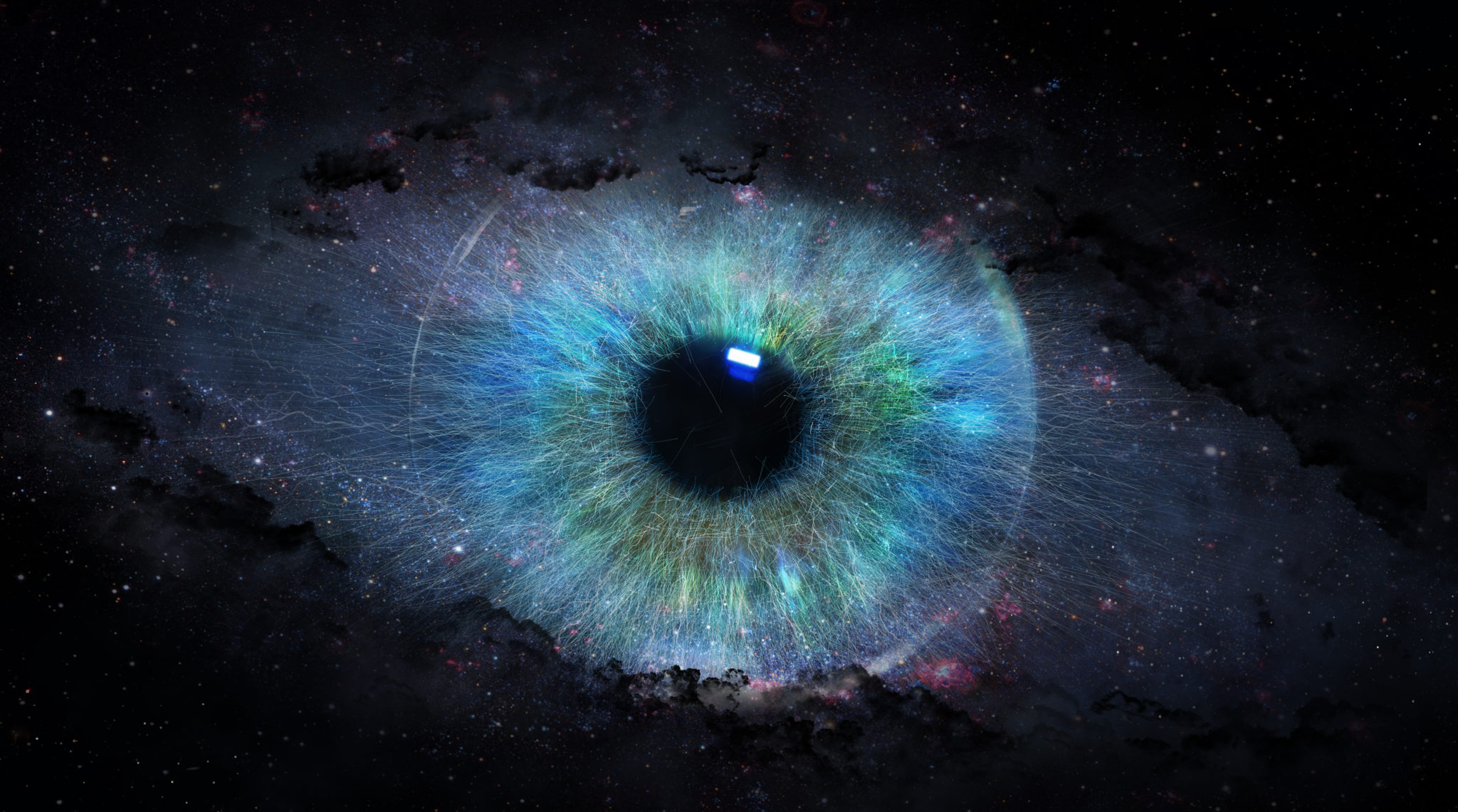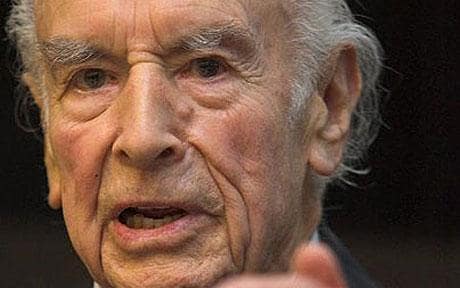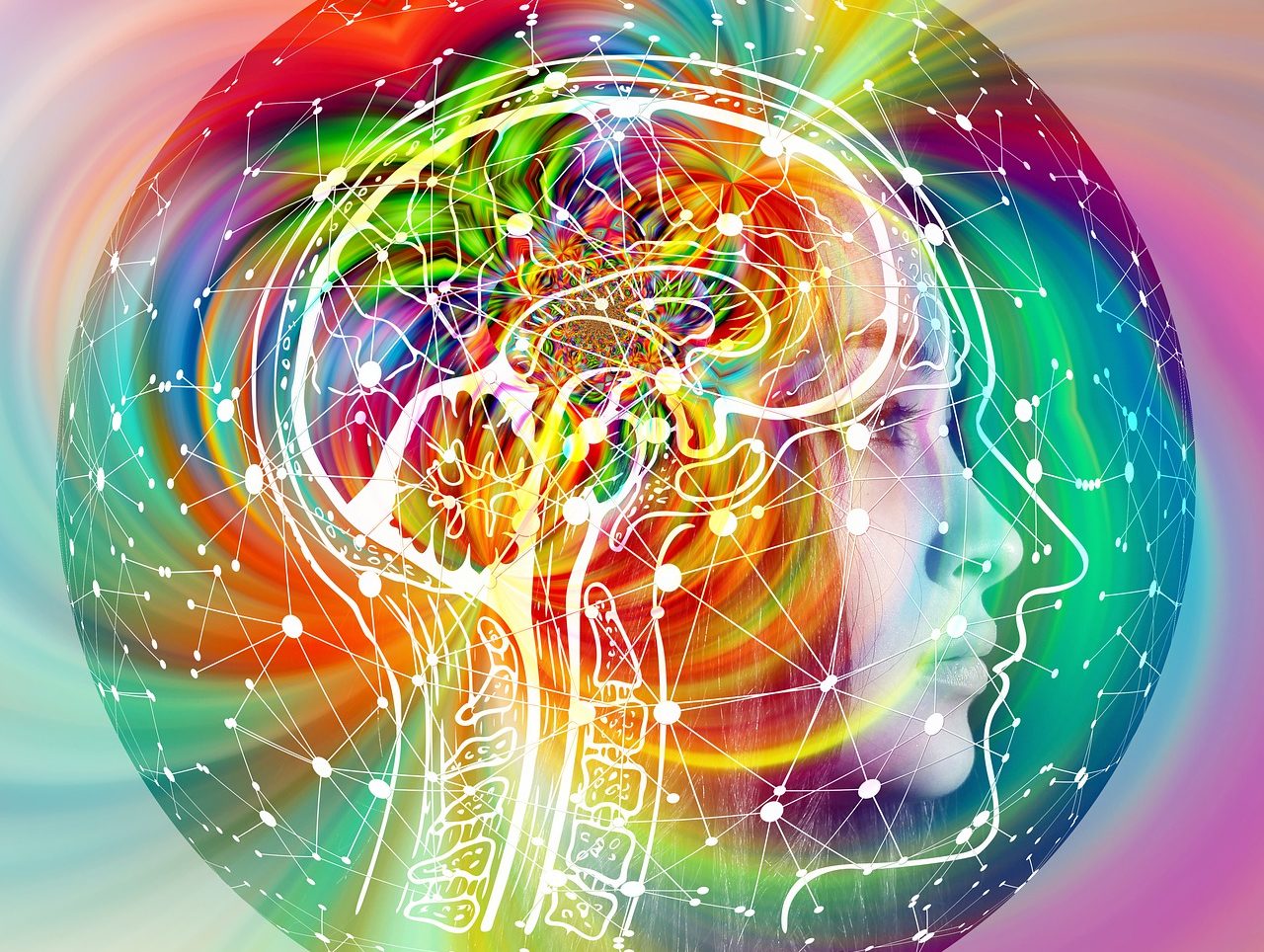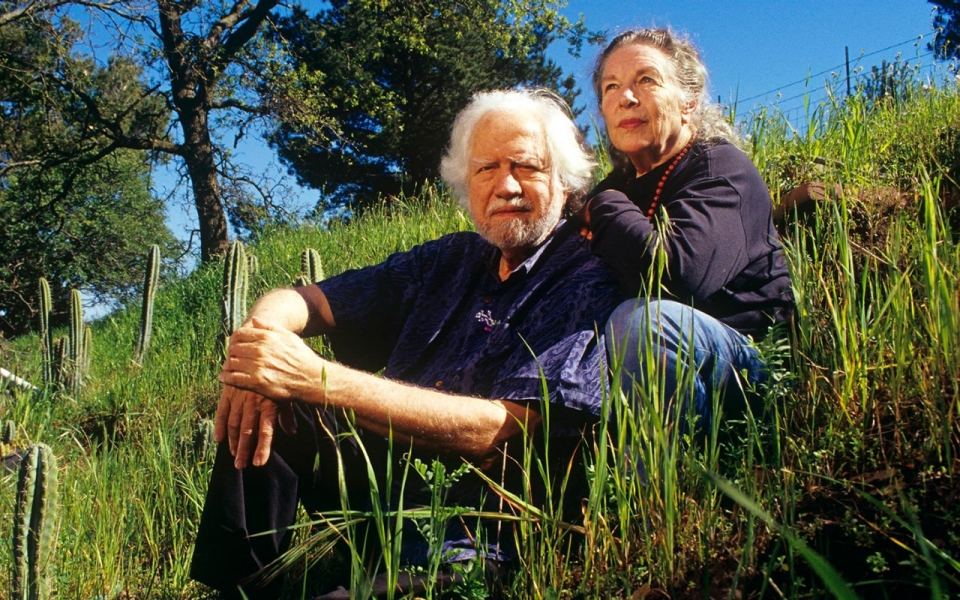Special report on Neuroscience: Demystifying Psychedelics
by Randall Willis | Exploring Drug Discovery and Development | 26 Mar 2021
Late last year, University of Basel’s Felix Müller and colleagues
offered a case report of a 39-year-old wife and mother admitted to their care with severe treatment-resistant depression and complex personality disorder.
She first reported symptoms as a teenager, including feelings of worthlessness and suicidal ideations, that evolved to pseudo-hallucinations (e.g., seeing snakes), panic attacks, and compulsive thoughts. She didn’t seek treatment until she was 22, when her partner committed suicide, and was first hospitalized at age 30 after attempting suicide herself by drug intoxication.
“Over the last years, the patient had been treated with several psychiatric drugs, including antidepressants of different types (escitalopram, sertraline, fluoxetine, duloxetine, moclobemide, reboxetine, trazodone, mirtazapine, vortioxetine, nortriptyline), mood stabilizers (lithium, lamotrigine, valproate), antipsychotics (aripiprazole, quetiapine, olanzapine), and stimulants (modafinil, methylphenidate, atomoxetine),” the authors wrote.
“She also had been using benzodiazepines on a regular basis, mostly to cope with fears of contamination.”
She had been prescribed and did not experience long-term relief from 20 or more different drugs in just a few years.
Given her medical history, the woman was started on the psychedelic drug MDMA, which offered only temporary improvement that relapsed quickly. She was then started on weekly, low-dose LSD.
Almost immediately, her mood elevated and over time, she felt calmer and more stable and her suicidal thoughts diminished. Eventually, treatment was continued in an outpatient setting.
Hopefully, the benefits for this woman continue, but beyond this single case, there is growing evidence of a need not only for new treatments for mental health disorders, but for better treatments.
Psychedelics like LSD, MDMA, psilocybin, and others may fill this need, but there is much yet to understand beyond case studies, anecdotes, and old clinical studies.
Failing status quo
“I think it really begins with the unmet needs,” says Roger McIntyre, head of University Health Network’s
Mood Disorders Psychopharmacology Unit and the
Brain and Cognition Discovery Foundation.
“There is a tremendous demand for better treatments for mental illness.”
To hammer home his point, he suggests that up to one in four people in society will be affected by a mental illness at some time in their life.
The condition that has received the most attention, in terms of psychedelics research, is depression, he adds, but he also highlights conditions like PTSD and drug and alcohol use disorders.
“Those three alone account for sizeable distress, not just to people who are affected, but also to society at large with respect to the impairment in their function,” he explains.
Diamond Therapeutics founder and CEO Judy Blumstock echoes these sentiments with numbers from a BIO Industry analysis of venture capital spending in the United States from 2007 to 2016.
“You can see that, by far, cancer gets the most funding,” she says.
“But if you look at the psychiatric illnesses, the prevalence is far greater. We're looking at something like 15 million versus 45 million, respectively—three times greater prevalence—and yet, literally, [psychiatric illnesses receive] one-twelfth the amount of funding.”
And this relatively anemic funding occurs despite the direct costs to the US healthcare system, she continues, with psychiatric illness at roughly $170 billion versus cancer at about $80 billion.
For McIntyre, a second reason for the renewed interest in psychedelics is simply the age of the current innovations in psychiatric pharmacology—the fact that most of the current drugs reflect treatments developed in the 1950s.
“The mid-1950s was the introduction, for example, of some of the antipsychotics, the antidepressants, some of the pills for anxiety, and the list grows on from there,” he says.
"And even with these drugs," McIntyre presses,
"it is a glass half-full, glass half-empty scenario."
“For about 20 percent or so of people who have a mental illness like depression, just as an example, they do very well with the conventional treatments,” he says.
“The symptoms are under control, if not fully eliminated. They get back to work. They get their livelihood back with their family, their kids.”
But that leaves a huge gap of people for whom the current crop of medicines largely don’t work.
“The symptoms continue to be incredibly distressing,” he continues.
“They are not able to function in their personal lives, their family lives, their work lives.”
"And even if the drugs do work," he adds,
"they often take a considerable time to kick in. It might take four to eight weeks for the maximum therapeutic effect to kick in."
McIntyre then adds another complication.
"The rates of suicide, which he says have not decreased in Canada and have actually increased in the United States over the last three decades," he says.
“Suicide is not a mental illness,” he stresses,
“but suicide is most often associated with mental illness, like depression. So, it stands to reason that if you treat the mental illness that should help suicide.”
He is quick to acknowledge other modalities of treatment, such as counseling and talk therapy, but suggests that they are not filling the unmet need gap either.
But with six decades of experience, why are the success rates so low?
Working in the dark
One of the inherent challenges of psychiatric illness is that they have largely been diagnosed based on symptoms rather than quantifiable molecular markers, as is the evolving case with other neurological conditions like Alzheimer’s disease or Parkinson’s disease.
“One of the ways that psychiatric diagnosis is made is through what's called DSM-5, the fifth in a series of diagnostic and statistics manuals,” says Lyle Oberg, cofounder and CEO of
Mynd Life Sciences.
In depression’s case, he continues, if the patient has five of the eight symptoms and they're debilitated for more than two weeks, they are diagnosed with depression.
“There's no test,” Oberg continues.
“If you exhibit these symptoms, you have depression.”
This complicates prescribing, he presses, offering the example of the SSRIs, which first entered the market in the 1980s with Eli Lilly’s blockbuster Prozac.
“You've got various SSRIs—just sons of Prozac—and when you combine that with the DSM-5 diagnosis, what you get is basically a trial-and-error type of approach to medicine,” he says.
“Someone goes in, they have the classic 5/8 symptoms, they’re diagnosed as depressed, and the doctor says here try this.”
The patient tries the treatment and they come back after three or four months because it didn’t work. Or it did work, but it took that long to know.
“Either way, it's been three or four months that they have been in depression,” Oberg presses.
“They've had horrible symptoms, and in many cases, it just doesn't work. And there's no telling exactly why it doesn't work. You're just going by symptoms.”
Not to trivialize the challenge, but Diamond’s head of pipeline development Jeffrey Sprouse recounts with some humor his time working on SSRIs.
“I remember using fluoxetine in the laboratory before the age of Prozac,” he explains.
“I was at Pfizer when its SSRI hit the market, and at Lundbeck when their SSRI hit the market. So, I've been trailing this for quite a while.”
“The joke that we always told each other was that all of these drugs would ride their wave of sales and use, fall into generic forms and then fall out of favor,” he recalls,
“and we still wouldn't know how they worked.”
There's always been some working hypotheses, he is quick to add. But the science was challenging, and it was never clear why it took SSRIs so long to work.
“They raise levels of serotonin quickly on the first dose, within minutes,” Sprouse offers.
“So, why does it take so long for the therapeutic effects to kick in?”
Part of the challenge to understand the mechanisms of these drugs was the technology available at the time, suggests Joseph Araujo, chief scientific officer and director of
Mindset Pharma, as well as president and CEO of
InterVivo Solutions.
“Before molecular pharmacology, the assays that were available were phenotypic if we're talking about animal models, where you're looking for patterns in behavior,” he offers.
“And a lot of the most promising psychiatric drugs were developed prior to molecular pharmacology.”
Without knowing or by making assumptions on the molecular causes of diseases, he continues, one really limits their bandwidth in developing new drugs.
Given the historical prevalence of clinical data and the relative paucity of molecular understanding with psychedelics, Araujo describes the current interest and approaches as something of a “back to the future” scenario.
“We have the advantage that we now know about the serotonin 5-HT2A target,” he enthuses.
“When psilocybin was studied previously, nobody knew about serotonin receptors or which serotonin receptor was important So, it's really a nice circular pattern happening in drug discovery, and I think good timing for it as well, with all of the increased neuropsychiatric needs.”
“The nice thing about 2021 is that there are so many ways to accelerate research,” says Oberg.
“Even from the point of view of knockout mice—that in itself is massive.”
“Before CRISPR, you couldn't do that,” he stresses.
“So that saved five or 10 years of a drug’s identification.”
In recent years, animal models of psychiatric illness and mood disorders have been called into question with suggestions that, at best, behavioral changes seen in rodents and other organisms are poor proxies for human mental processing.
Gabriella Gobbi, head of the
Neurobiological Psychiatry Unit at McGill University, has heard these complaints and sees things quite differently. Given her 30 years of experience in animal research and treating patients, she suggests that the drugs that work in patients also work in behavioral animal models and in electrophysiology.
“The main problem of drug discovery in mental health is the lack of scientists and clinicians who have a background to translate basic research into clinical trials,” she explains.
“While translational medicine is less challenging in other areas of medicine, in mental health we have to deal with the brain, which is a complex system, and not an organ.”
“Consequently,” she presses,
“the interpretation of data from behavioral animal models, neurobiology, electrophysiology, and molecular biology requires a lot of knowledge and expertise and capacity of integration.”
Likewise, reflecting on his experience, Araujo suggests that there are clear consistencies between changing animal behavior and 5-HT2A agonists, offering head twitch in mice and wet dog shakes in rats as examples when trying to understand if an animal is having a psychedelic experience.
“Ultimately, one of the bigger challenges is to try and understand whether that behavioral effect is due to what you think it's due to, in this case, potentially a hallucinogenic type of experience that maybe the animal is perceiving or maybe not perceiving,” he offers.
“As we move along, we can look at some more sophisticated animal models and begin to better understand what those drugs are doing, and maybe benchmark what has been done in the literature in the past.”
He points to drug discrimination experiments, where you train animals to a dose level that you would anticipate has a hallucinogenic-like effect, and then test other compounds to see if the animal responds similarly to those compounds.
“You can also begin to get into models that assess things like cognitive improvements,” he adds,
“maybe in a micro-dose situation where you might see some cognitive benefit.”
For Sprouse, it is perhaps less about leveraging new technologies so much as being able to access technologies that existed but were perhaps previously outside of the neuropsychopharmacologist’s price point.
“I was brought up in drug discovery when everything was high-throughput and large-scale,” he recounts.
“I think what's changed more recently is the ability to probe fewer molecules and fewer endpoints to actually get to an answer.”
Thus, while acknowledging the shortcomings of early research into SSRIs, he is hopeful looking forward.
“I think, if we were to do this all over again starting today, we'd have the tools to understand them better,” says Sprouse.
“But because of their history, we're not spending all that much time in trying to figure it out anymore. I think we'll do a better job with the psychedelics.”
Diamond in the rough
Timing has been a vital factor not just in terms of technological and molecular advances, however, as Blumstock discovered in trying to launch Diamond Therapeutics back in 2006.
Her interest in the field of psychedelics was first piqued by an article in
The Economist called “
The God Pill,” and from there she found the work of University of Arizona’s
Francisco Moreno, who demonstrated some efficacy of psilocybin in a small group of patients with obsessive-compulsive disorder.
Given her experience in the capital markets and her then current position at MaRS Innovation (now
Toronto Innovation Acceleration Partners), 2006/2007 seemed like a good time to explore this market with the launch of Diamond. She was wrong.
“It was just not the right time,” Blumstock acknowledges in retrospect.
“But something was nevertheless burning away at me. Why can't we do this?”
“This is something that should be done,” she recalls.
“And then finally, in late 2017, it seemed like now was the right time to launch Diamond properly.”
Following that initial enthusiasm, the company focused its efforts on psilocybin.
“With psilocybin, there's a great deal of research out there already, and it seems like an ideal starting point for drug discovery and drug development, with at least one obvious liability, which is the hallucinogenic side of it,” she explains.
“When we started the company, we had active debate about psilocybin as a known molecule versus an NCE [new chemical entity] program, which is more of a typical pharma program,” she continues.
“And we just decided we wanted to have our cake and eat it, too.”
“We just determined that psilocybin was such an amazing gift to be given, that we understand so much about it already,” she presses.
“So, we are trying to explore both and understand as much as we can about psilocybin in the hope that it guides us to novel drugs.”
“Psilocybin obviously is of tremendous importance to Diamond,” adds Sprouse.
“Even though it's a small molecule—a simple molecule—it's going to have multiple actions, and we know from this huge body of usage that there's some therapeutic value there.”
“But we also want to think about other molecules, because I think we're going to learn a lot along the way,” he offers.
“We're going to learn a lot about patient response and the ideal patient. The ability to essentially map drug to patient is something that we're going to give very serious thought to.”
Sprouse also acknowledges the commercial and intellectual property reasons to press for NCEs, but for him at least, this consideration is secondary.
“The thing that is most motivating is the thinking that small differences that you might observe in a molecule you're patterning using psilocybin as a parent may end up being huge in terms of patient benefit,” he suggests.
Similarly recognizing the potential of chemical diversity is Mindset Pharma.
Changing mindset
Like Diamond, Mindset is focused on psilocybin as a starting point.
“Using a whole range of different strategies, we've created a number of different families of new drugs with interesting characteristics that could make them really well suited to a number of different use cases and indications,” explains company CEO James Lanthier.
"And a key part of developing those compound families," he continues,
"is the company’s focus on developing synthetic processes to generate not only psilocybin and myriad derivatives, but also completely novel compounds." As he explains,
"there is a major need in the market for a more efficient, lower-cost method to produce GMP-grade psilocybin."
“We're really focused on preclinical development, and from a business strategy standpoint with all the capital rushing into the space and the regulatory momentum, we felt like there was going to be a real demand for next-generation drugs that were really more optimized and that could enjoy full patent protection,” Lanthier explains.
“In comparison, a lot of the development efforts by groups in the space had focused on classic drugs and a lot of those on formulations of the classic drugs.”
“We knew when we initially started that in order to differentiate Mindset’s psychedelics program from competitors in the field, we had to be creative and let the science drive the company’s innovations to create novel, patentable NCEs and thereby a solid IP [intellectual property] portfolio,” echoes Mindset chief scientific adviser Malik Slassi.
“From the beginning, this was the first thing we did. We had to come up with novel patentable small-molecule psychedelic drug candidates.”
Araujo elaborates on the company’s three families of compounds, which reflect Mindset’s decision to let the science drive the clinical indication rather than focus initially on a psychiatric target.
“The first [family] can be divided into deuterated compounds and prodrugs, which we feel could rapidly be developed to clinical candidates and really present as quick next-generation psilocybin-like compounds,” he explains.
“They're going to be very similar to psilocybin with respect to drug characteristics while potentially reducing some of the metabolic liability.”
The second family works from a different chemical scaffold with a restricted side chain, he continues, adding that in-vitro and in-vivo tests suggest many of the compounds have a greater effect size than psilocybin.
“We're trying to optimize those for shorter durations of action, which we think would be really well suited for a psychedelic-assisted psychotherapy,” he offers.
Mindset’s least mature category, he presses, includes compounds with lower effect size at the 5-HT2A receptor, but with extended half-lives, suggesting potential for a much longer duration of action.
“Those compounds, we think, fit an ideal profile for potential micro-dosing applications, particularly in patient populations that might be compromised, or where you don't want them to potentially experience hallucinogenic-type effects—juvenile ADHD and geriatric Alzheimer's disease patients come to mind,” he says.
Slassi reinforces that having such a diversity of candidates really allows the company to stay open to indications beyond depression and anxiety disorders. And the growing volumes of in-vitro and in-vivo data as well as the IP are attracting interest from Big Pharma and biotechs.
Not everyone in this field, however, sees 5-HT2A as their primary target.
A new model in mind
Mynd Life Sciences is taking a different approach to psychedelics development in mental health. Rather than focus on the impact of compounds like psilocybin on serotonin receptors, the company is instead pursuing links between depression and inflammation.
The inflammatory model has gained traction over the past few years. Indeed, earlier studies of anti-TNF-based therapies commonly given modulate autoimmune disorders such as rheumatoid arthritis and psoriasis have shown therapeutic benefits when aimed at depression.
“There was a correlation between rheumatoid arthritis and depression,” says Oberg,
“and people used to think well, ‘I'm depressed because I have rheumatoid arthritis.’
“In actual fact, what they're now seeing is that it's the same process that causes the depression as causes the rheumatoid arthritis. And that process is looking more and more like a chronic inflammatory process.”
A large-scale study of patients in the United States, he further explains, identified the presence of a common gene: the human mycogene.
“This gene is the switch that turns the body from a pro-inflammatory state into an anti-inflammatory state,” Oberg says.
“It turns macrophages from M1 to M2, and it's a trigger gene.”
In
a study published in 2013, Timothy Powell and colleagues at King’s College London performed a transcriptomic analysis of the inflammatory cytokine pathway in patients receiving the SSRI escitalopram for major depressive disorder. They found that the pathway regulator ABCF1 (human mycogene) was upregulated following SSRI administration and that the effect was larger in patients classified as responders than in non-responders.
Following data such as this, Mynd is using psilocybin as a starting point and to date, has generated 38 analogues, which it hopes to winnow down to three or four candidates for preclinical screening and optimal anti-inflammatory activity.
Further facilitating their understanding of the disease pathology, the identification of a gene target allows them to engineer knockout rodents to determine what effect, if any, the presence or absence of the gene has on animal behavior and response to treatment.
'Easy dose it'
Much as with any drug development program, the goal is to improve efficacy while minimizing side effects. Thus, as is seen in much of the clinical development of cannabinoids, one could easily imagine a desire to remove the psychoactive or hallucinatory components of psychedelics while retaining psychiatric efficacy.
There is a debate, however, as to whether—at least in some cases—the psychedelic experience is part of the healing.
“I keep hearing that mysticism experiences are critical to the therapeutic effect, that you have to have a trip to have the therapeutic effect, there has to be some type of out of body experience or whatever,” recalls McIntyre.
“I don't know that's true.”
That said, he understands how a patient might confound a psychedelic experience with improvement in depressive symptoms. And it could be that the two are linked, but in biological terms rather than psychological terms; that is, the “trip” may be symptomatic of the neural rewiring that leads to psychiatric benefit.
“The theoretical and prevailing view of psychedelics is that what we're effectively doing is disconnecting and reconnecting the circuits,” McIntyre explains.
“And when you disconnect/reconnect the circuits in the brain, that process critical to the benefit may also be what's subserving the psychedelic experience.”
He offers a comparison with a faulty computer. Remove and replace some wires to reset the computer, but he questions what the computer “experiences” as its screen flashes and components power off and on.
From a pharmacological perspective, Sprouse wonders if the question isn’t moot, suggesting that he sees no merit in fixating solely on the psychedelic dose. Instead, he wants to understand the dose response curve.
In practical terms, different compounds almost assuredly require different doses for different individuals in different indications.
“Maybe there's the need for a psychedelic effect in one patient group, but not another,” he says.
“I think there's some richness here that warrants examination.”
Efforts to avoid the psychedelic effect have led many to explore the concept of micro-dosing, a term of which Sprouse is not fond. Typically, it is considered one-tenth the minimum dose that induces the psychedelic experience.
“The real challenge is there are very few studies that have been well designed that have really examined micro-dosing,” says Araujo.
“There's a lot of anecdotal information that's really difficult to draw conclusions from.”
That said, he notes that some groups have initiated placebo-controlled clinical trials evaluating micro-dosing.
Diamond, for one, will shortly publish results from their efforts to evaluate low-dose ketamine and low-dose psilocybin in animal models. And the company recently initiated a collaboration with McGill’s Gobbi, who has been studying low-dose LSD.
In late January, Gobbi and colleagues
published their effort to understand the molecular basis of low-dose LSD’s influence on social behavior, which mimics the increased empathy seen in human subjects.
“The key finding of this paper was that low doses of LSD enhance social behavior in mice,” explains Gobbi.
“By binding the 5-HT2A receptor, LSD indirectly enhances the AMPA neurotransmission by also promoting mTOR complex phosphorylation and plasticity in the glutamatergic neurons of the prefrontal cortex.”
The findings are critical to the use of LSD to treat psychiatric illnesses because at higher doses, the compound becomes a dopaminergic agonist and likely increases the risk of psychotic-like symptoms.
“Moreover, it suggests that drug discovery research should focus on designing highly selective 5-HT2A agonists with a wider therapeutic window and higher safety profile,” she adds.
For the most part, Araujo echoes Sprouse’s openness to the possibilities.
“What about a molecule that doesn't necessarily activate the receptor to the same extent?” he asks.
“Is that a micro-dose effect at a higher dose?”
“Again, I think we'll have to follow the science, understand what the effect is, and what the right dose is for the right compound,” he explains.
“Ultimately, I think, there are going to be patients for whom, for whatever reason, a macro-dose or a large dose or a hallucinogenic experience might not be the right approach, and so there needs to be more than one option for different patients.”
Any hope of answering these questions, however, will come from a deeper understanding of the science behind these compounds and their effects.
“In my career, I've seen a number of very promising medicines—not in the psychedelic area but in the more conventional pharmacotherapeutic area—that have come along, and these drugs unfortunately did not demonstrate superiority over the placebo in the clinical trial,” he recounts.
“And there's two interpretations of that.”
One is simply that the drug did not work as expected, which is unfortunate but just a part of doing business. The other possibility, he suggests, is that the drug did work, but that the trials weren’t designed properly.
This is where McIntyre sees an opportunity to move forward from the studies of the past.
“If you really want to understand the efficacy and the safety, you have to have adequate studies,” he says.
“And what I've noticed about the psychedelic space in general, there is heterogeneity in the way these studies are being done.”
“I'm all for heterogeneity and creativity, but sometimes you just want to keep it simple,” he suggests.
“My concern is that if these drugs are really going to help people, we could spoil the broth so to speak, because we're not adhering to good clinical practice research parameters.”
In the absence of such a considered approach, there is a risk that we will end up with even more interesting data, but no better understanding of the potential for psychedelics in mental health.
Gateway drugs
Ultimately, the success of the renaissance of psychedelics research will hinge on the clinical outcomes and improvements in patients’ lives. Many, however, point to other factors that helped launch this renewed interest, with cannabis leading the way.
“When you take a look at the people involved in the psychedelic research, a lot of them came from cannabis,” explains Lyle Oberg, founder and CEO of Mynd Life Sciences.
“You have a lot of people that made money in the cannabis industry in Canada who have now migrated into the psychedelic area, which in itself makes a large amount of research money available.”
“People saw that cannabis worked,” he adds.
“They saw the analogies between psychedelics and cannabis in that both of them were working. It became a very easy stretch to take a look at cannabis and psychedelics.”
“The success of cannabis in Canada maybe allowed people to look at these compounds with a more liberal view,” echoes Judy Blumstock, founder and CEO of Diamond Therapeutics, addressing the rapid growth of drug discovery companies exploring the psychedelic space north of the US border.
“But I think there's very strong interest in the US, as well, and worldwide.”
Joseph Araujo, chief scientific officer and director at Mindset Pharma as well as president and CEO of InterVivo Solutions, recognizes a Canadian effect in terms of both social and regulatory acceptance of cannabis.
“What's happened with cannabis, I think, has really paved the path forward for looking at controlled drugs in unique ways and with the goal of medicinal applications,” he says.
“Interestingly, the hallucinogens are Schedule Three in Canada, whereas in most of the world, they’re Schedule One,” he adds.
“So that might be another influence factor that has made maybe research easier in Canada.”
For his part, Blumstock’s colleague and head of pipeline development Jeffrey Sprouse also sees inspiration beyond the cannabis experience.
“I think there's a story that you can tell with the cannabinoids, with cannabis, but I actually prefer the story that you could construct with ketamine,” he says.
“I've been interested in psychiatry targets for years—antidepressants, anxiolytics, etc.—and once you get beyond the SSRIs, it gets very quiet,” he explains.
“It is this desert and without really much hope of improvement.”
And then ketamine came along.
“Research done right around 2000 by a group at Yale led by Rob Berman uncovered this amazing response in depressed patients,” Sprouse recounts.
“Not only was it durable and a significant effect, but it was one that occurred rather quickly, which was always the Holy Grail of antidepressive research.”
Unlike SSRIs, he says, which are useful but can take upwards of 12 weeks to see any effect, ketamine offered its effects rapidly and once patients moved through the K-hole, they began to feel much better.
“That reset the table for everybody,” he enthuses.
“Suddenly, there was a direction to move, a different mechanism, one that you could link to downstream pathways from serotonin.”
McGill University’s Gabriella Gobbi, who recently signed a collaborative research agreement with Diamond Therapeutics, agrees with the importance of this discovery.
“The approval of the derivate of ketamine, which belongs to the non-classical hallucinogens category, for the treatment-resistant depression encouraged the exploration of other hallucinogenic drugs in mental health,” she says.
"Suddenly," Sprouse continues,
"the treasure trove of anecdotal information about psychedelics takes on a whole new significance, so why not broaden the thinking beyond ketamine to other psychedelics?"
“Some of the research that Diamond has sponsored is more or less focused on commonalities between ketamine-like molecules, the dissociative anaesthetics, with the psychedelics like psilocybin and LSD,” he explains.
So, the old concerns that cannabis was a gateway to other drugs may have been true; just not in the way everyone thought.
Researchers add analysis to the mix to move beyond anecdotes

www.drugdiscoverynews.com

























